If you’ve recently felt the sting of paying more at the pump, you’re not alone. Gas prices across the nation have taken an unexpected leap, leaving many wondering about the reasons behind the surge and what it means for their wallets.
Gas Price Surge
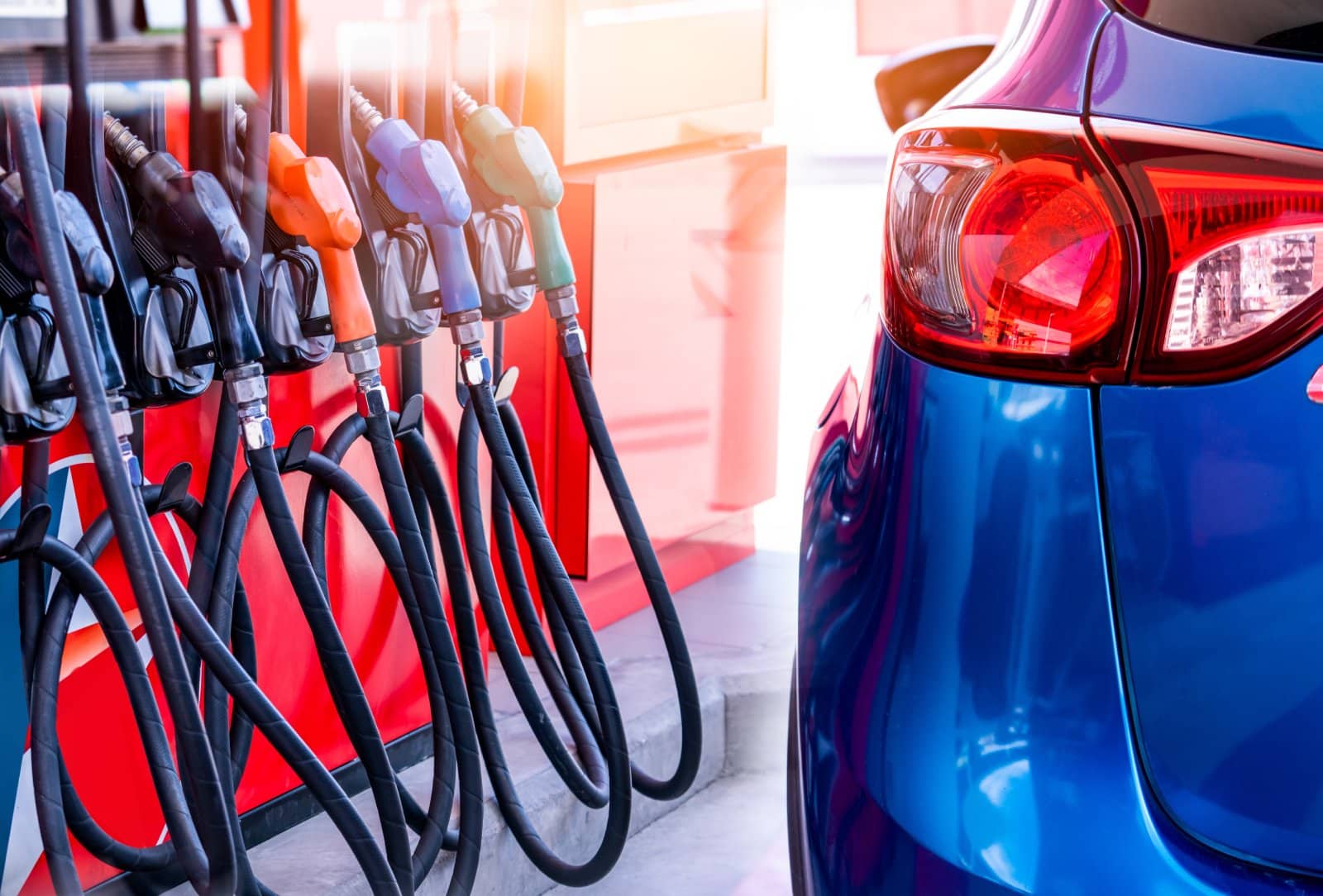
In the last week, the cost of a gallon of gas skyrocketed by a whopping 12 cents, causing the average American to dish out nearly $50 to fill up their tank. So, what’s causing this sudden pinch at the pump?
BP-Whiting Refinery Shutdown
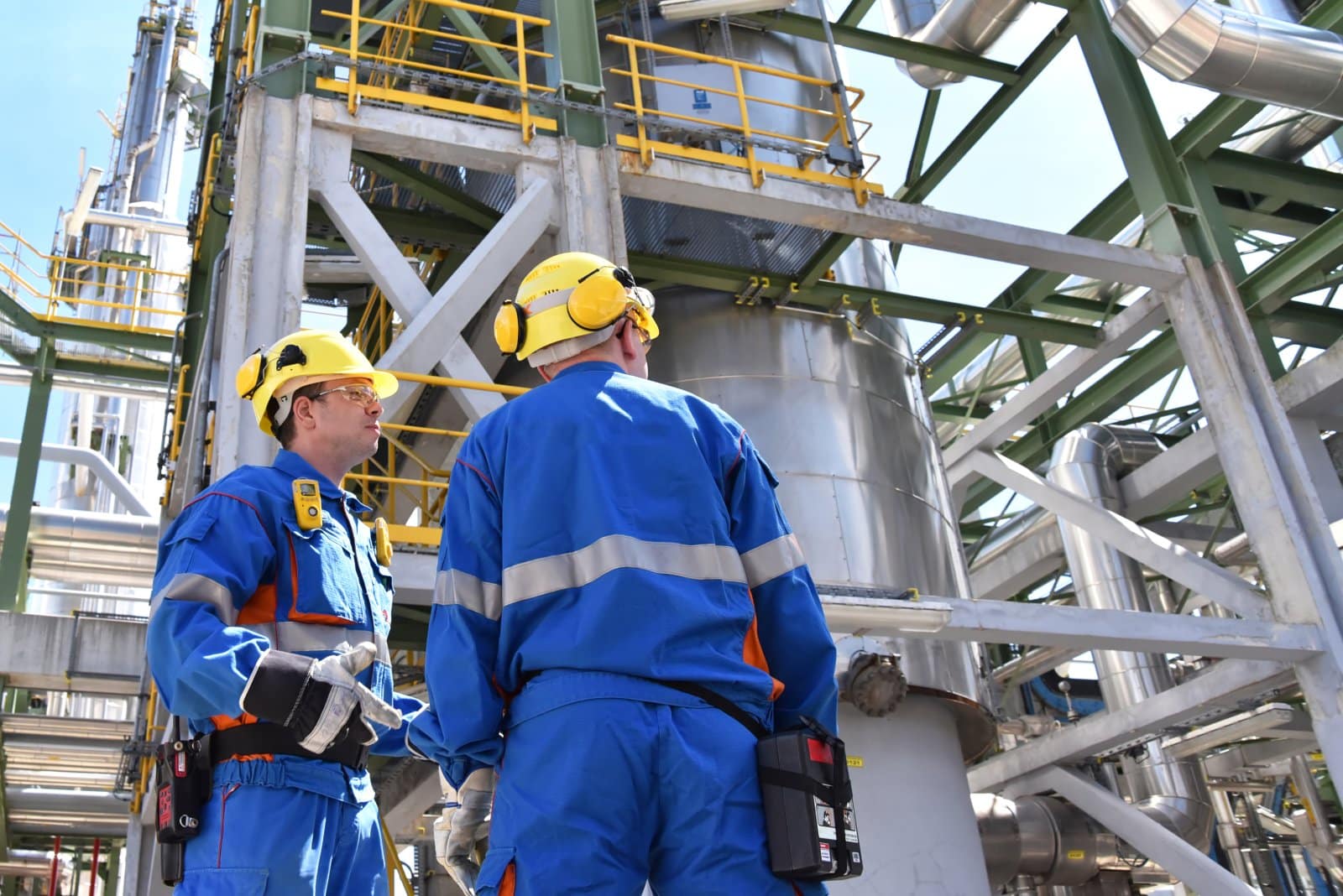
One major factor contributing to this surge is a recent hiccup at a significant BP-Whiting refinery in Indiana, which plays a crucial role in supplying gas to many parts of the country.
A Catalyst for Rising Gas Costs
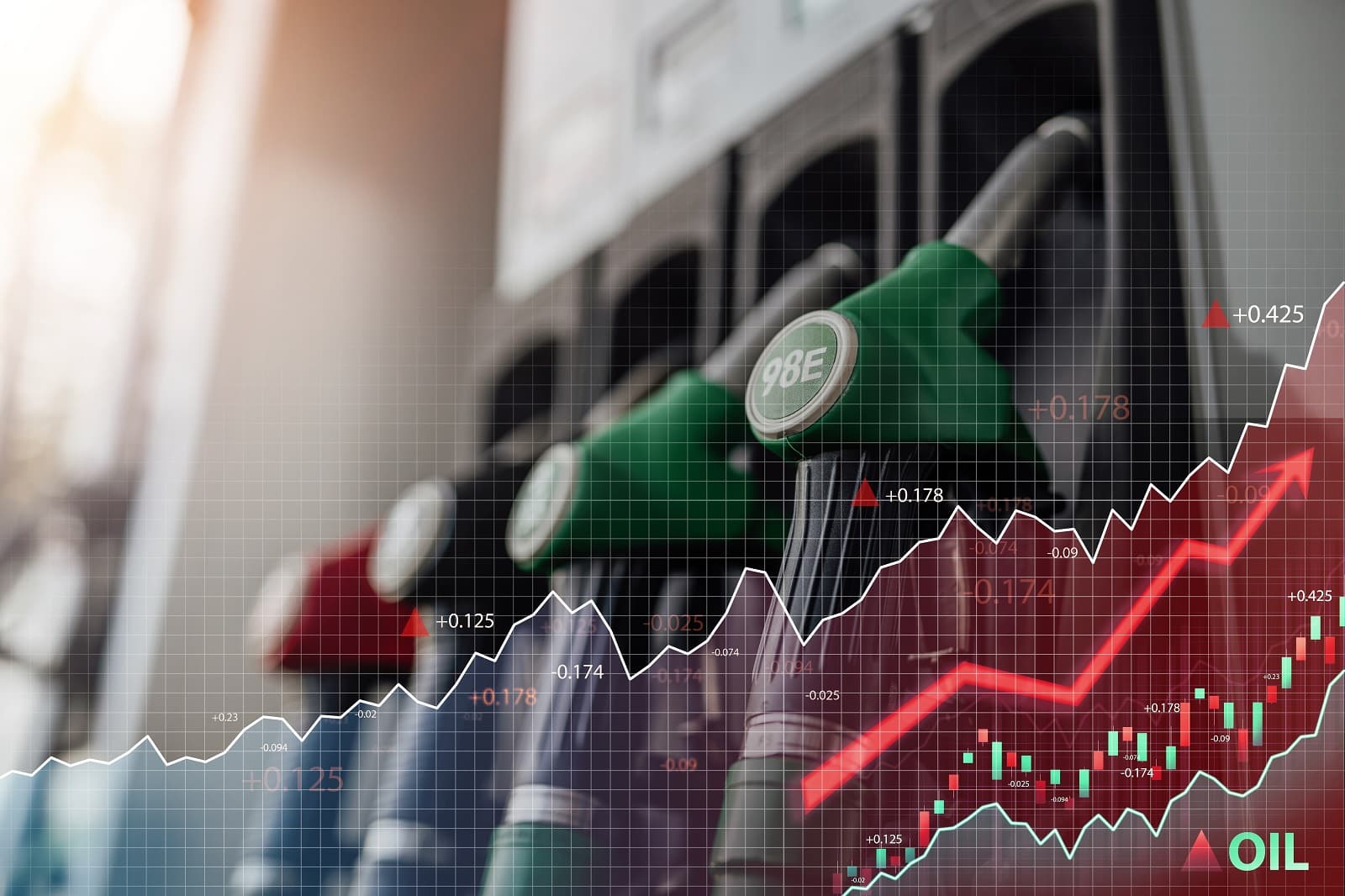
This facility has been offline for over two weeks due to a power outage and has disrupted the usual flow of fuel, creating a ripple effect on gas prices.
How the Surge Hits the Average American

So, what does this mean for you? Well, if you’re used to paying around $3.15 for a gallon of gas, you might now be shelling out closer to $3.27.
Increased Pump Prices
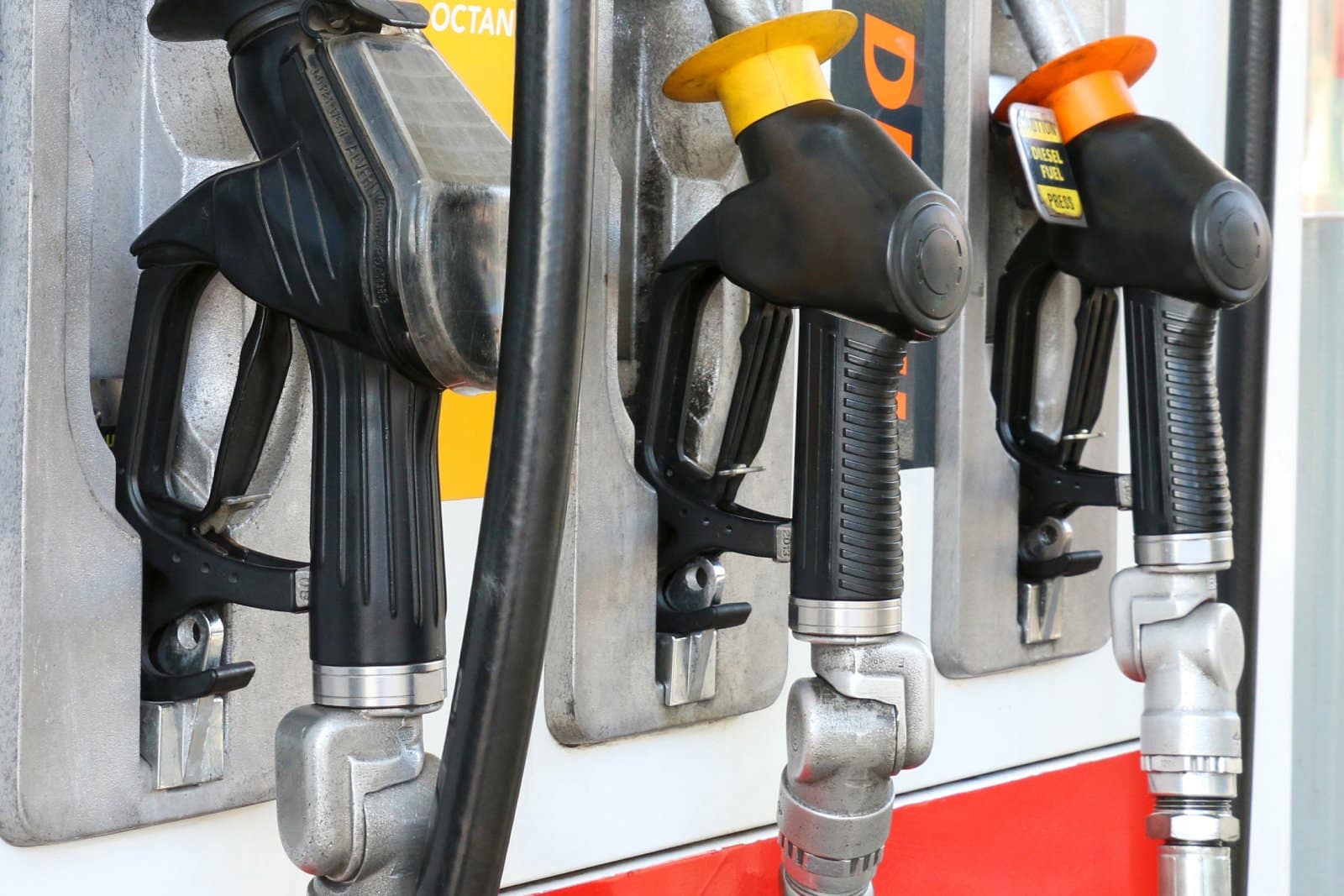
While that might not sound like a huge jump, it adds up quickly, especially if you’re filling up a larger vehicle or driving long distances.
For instance, filling up a 15-gallon tank could set you back an extra $1.80 compared to just a few weeks ago.
Variations in Gas Costs Across the Nation
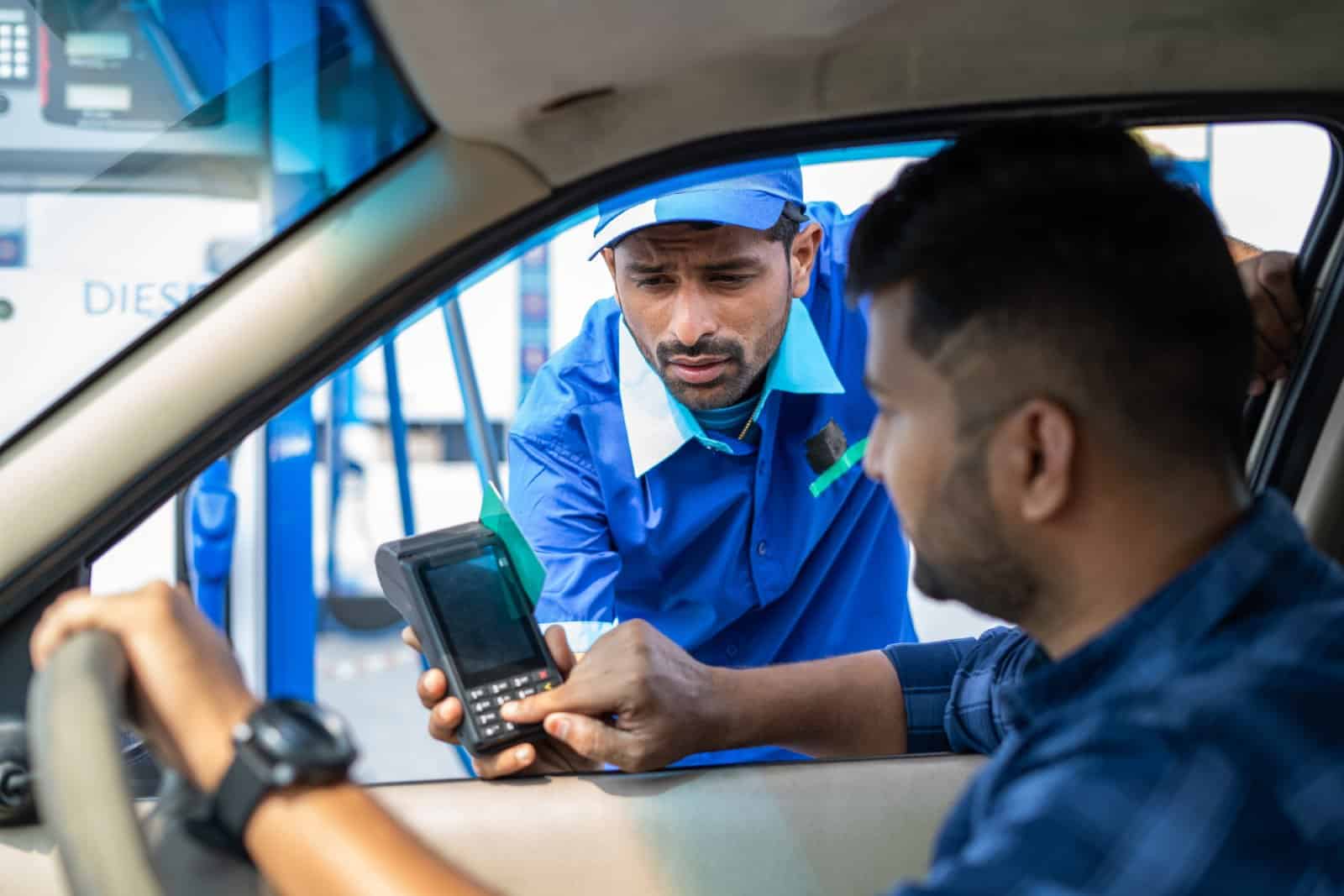
But it’s not just folks in Indiana feeling the squeeze. Gas prices vary widely across the country, with some states seeing significantly higher costs at the pump.
Among the Hardest Hit by Rising Gas Prices

If you’re living in California or Hawaii, you might be paying as much as $70 to fill up your tank.
Bucking the National Trend

On the flip side, lucky residents of Wyoming are enjoying the cheapest gas prices in the nation, with a gallon costing a wallet-friendly $2.79, followed by Oklahoma at $2.81 and Kansas at $2.83.
AAA Insights
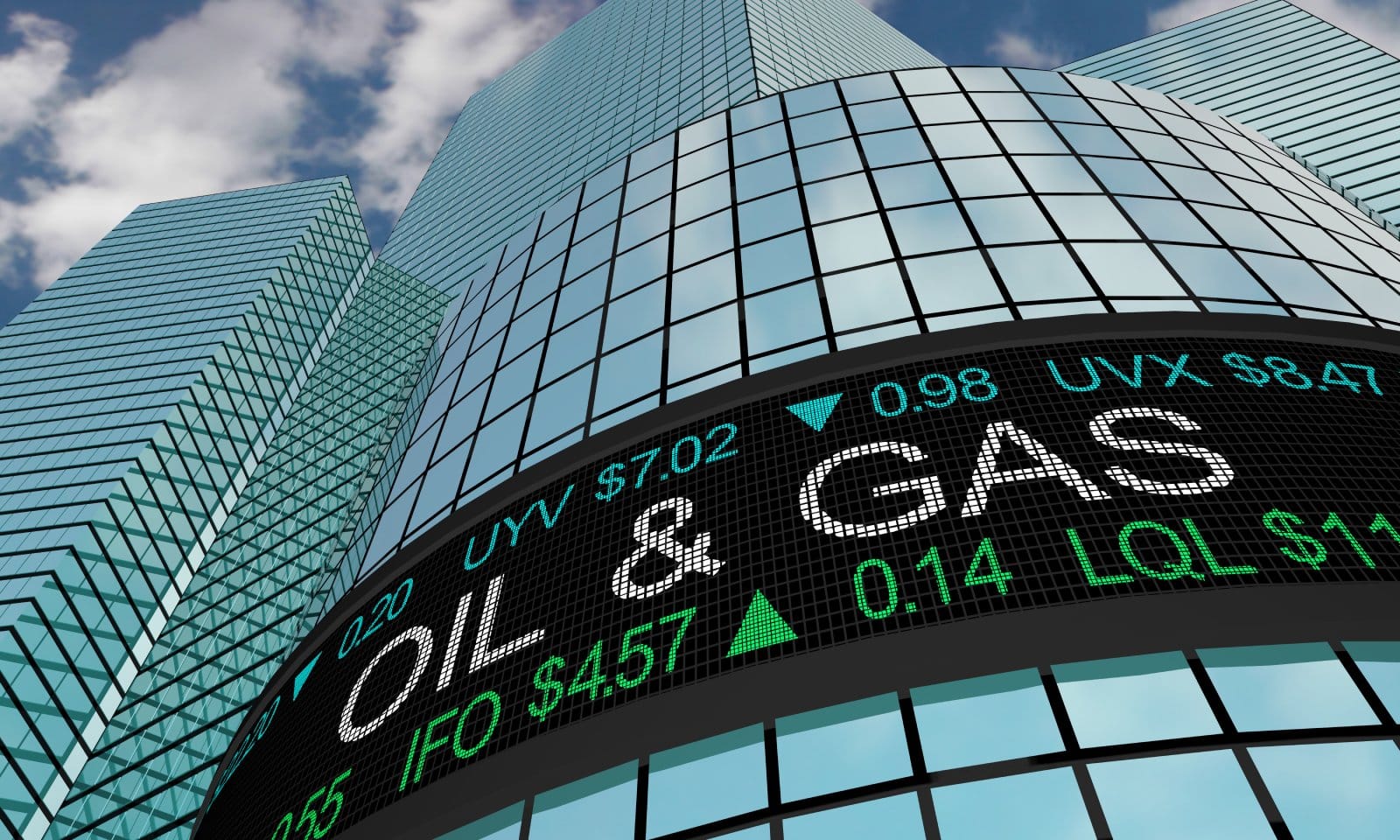
A spokesperson for the American Automobile Association (AAA) described this surge as “notable,” especially considering the relatively steady prices we’ve seen in recent months.
The national average for a gallon of gas currently stands at $3.27, and while it might not sound like a massive leap, it’s enough to affect your wallet.
Hope on the Horizon
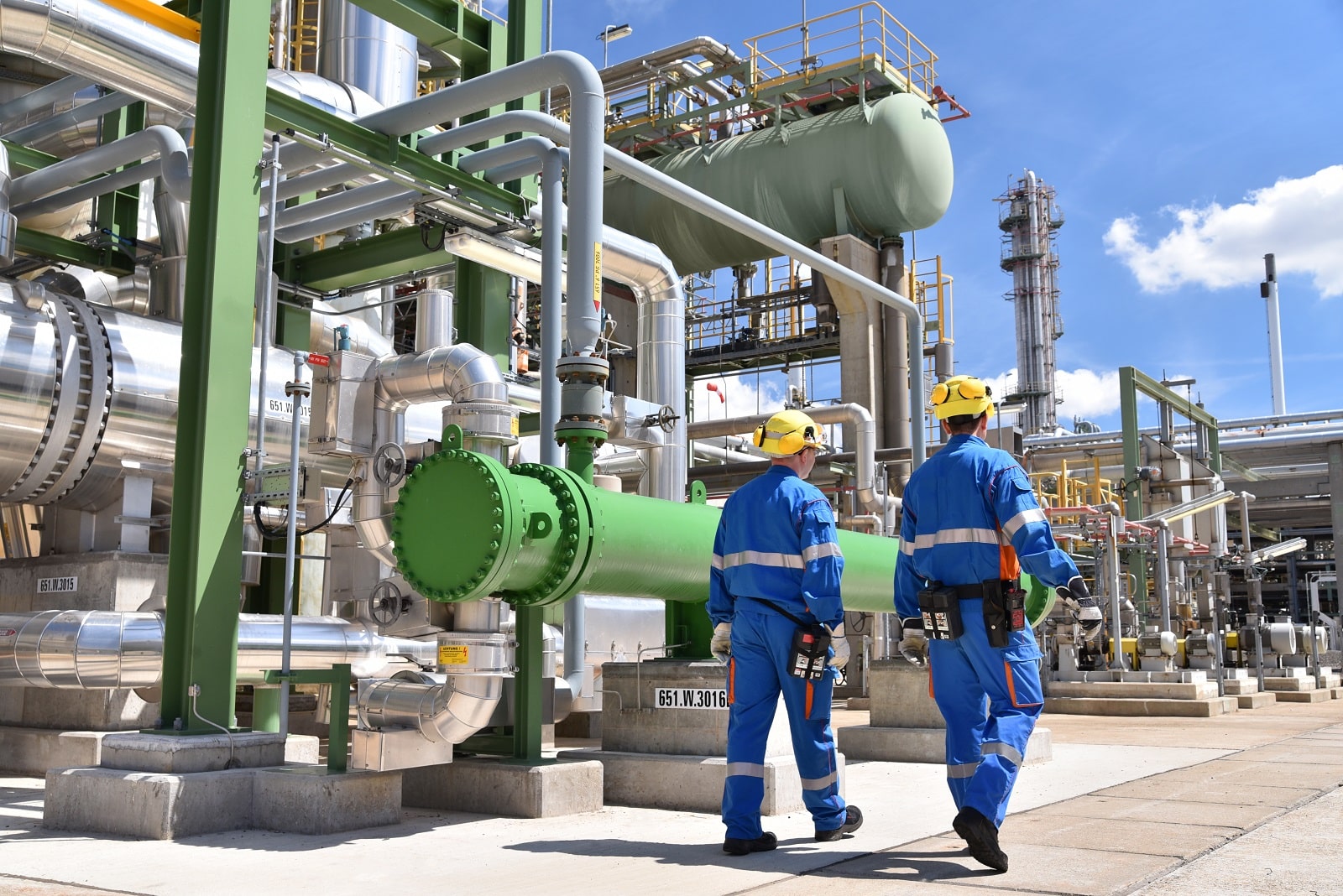
Although the recent spike in petrol prices may seem like a kick in the gut, there is hope in sight. Experts at the American Automobile Association (AAA) believe that the refinery shutdown will be resolved soon.
Price Pressure Prospects
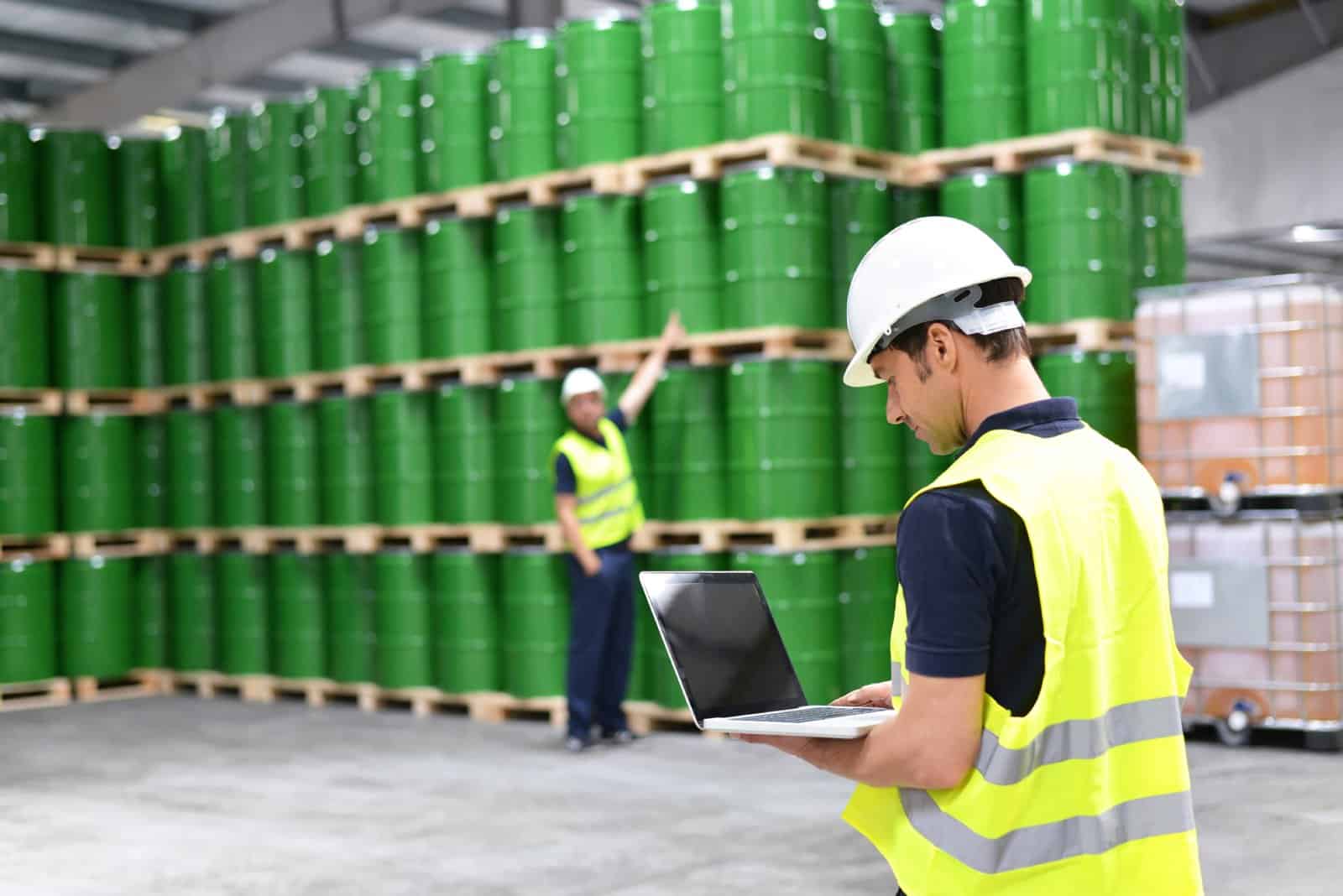
They suggest that we can expect the upward pressure on gas prices to ease off a bit once that happens. So, while you might be feeling the pinch now, there’s a light at the end of the tunnel.
Demand Fluctuations
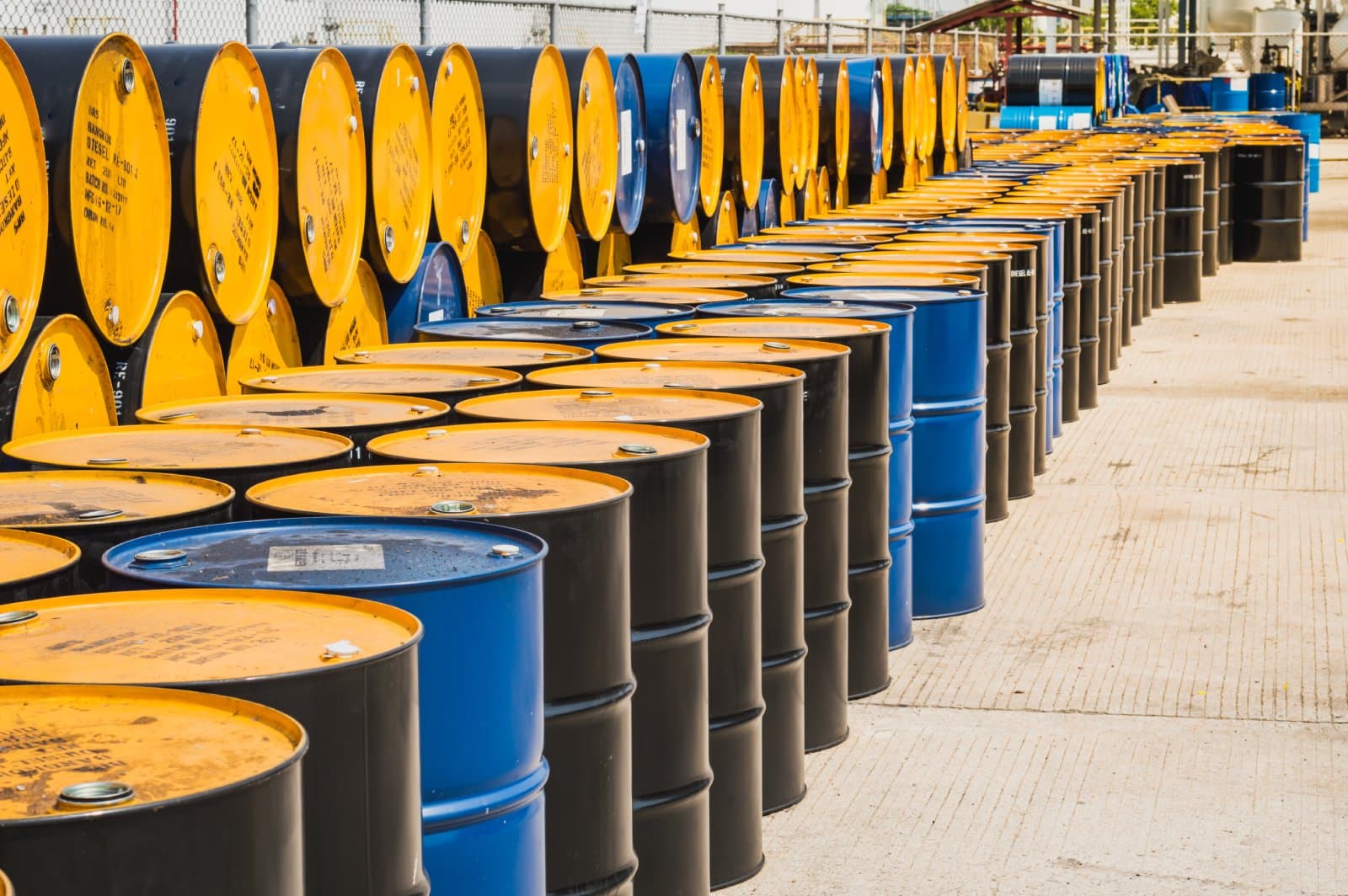
The Energy Information Administration reports that the demand for gas has decreased from 8.81 to 8.17 barrels per day, which has contributed to the recent price swings.
Global Influences
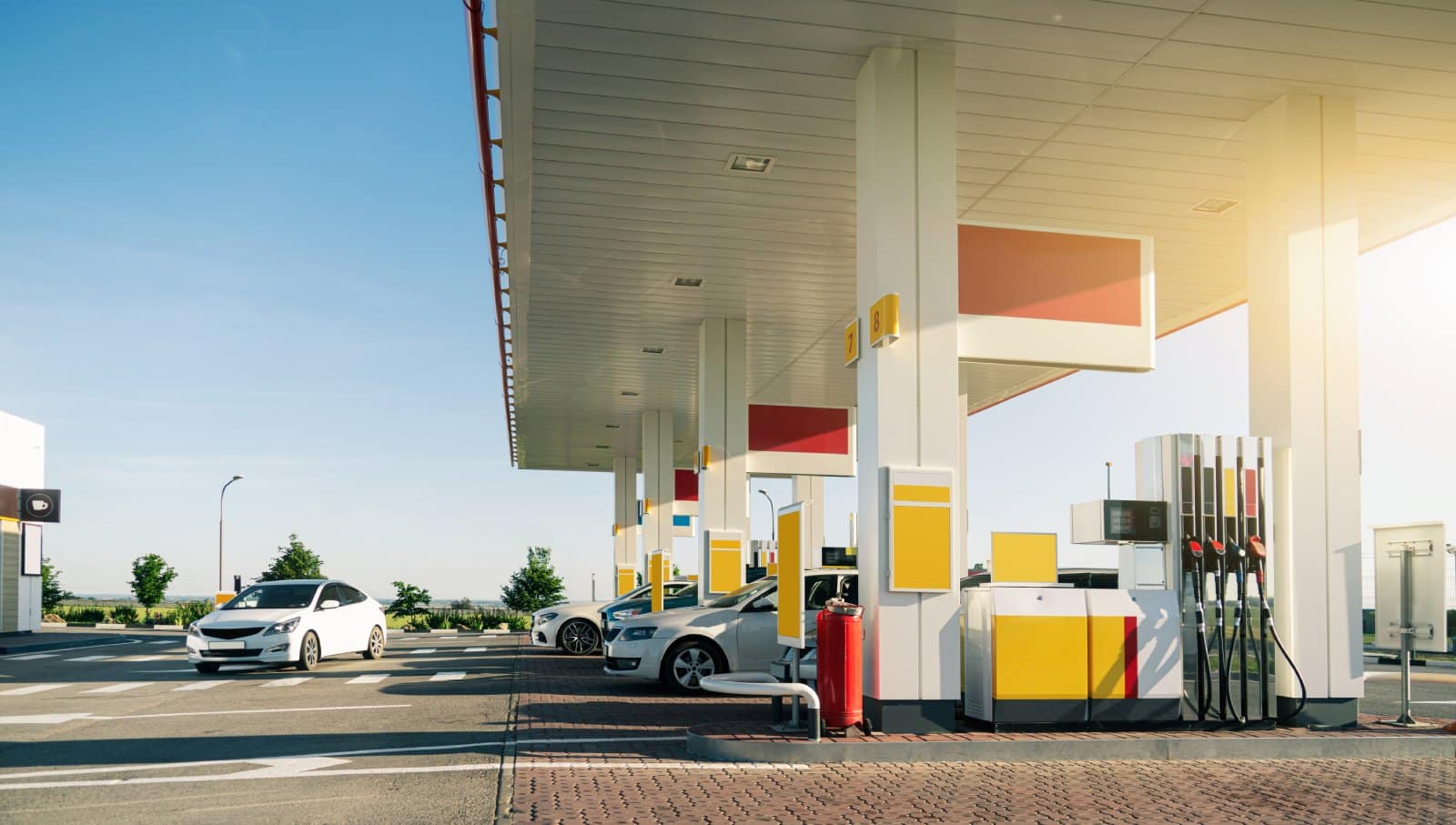
But It’s not just domestic issues driving prices; Global factors are also playing a part in this rollercoaster of gas prices.
Middle East Conflicts and Oil Price Instability

Recent conflicts in the Middle East have led to unstable oil prices, impacting what you pay at the pump. As a result, the price of crude oil – the main ingredient in gasoline – has been on the rise.
Crude Oil Prices
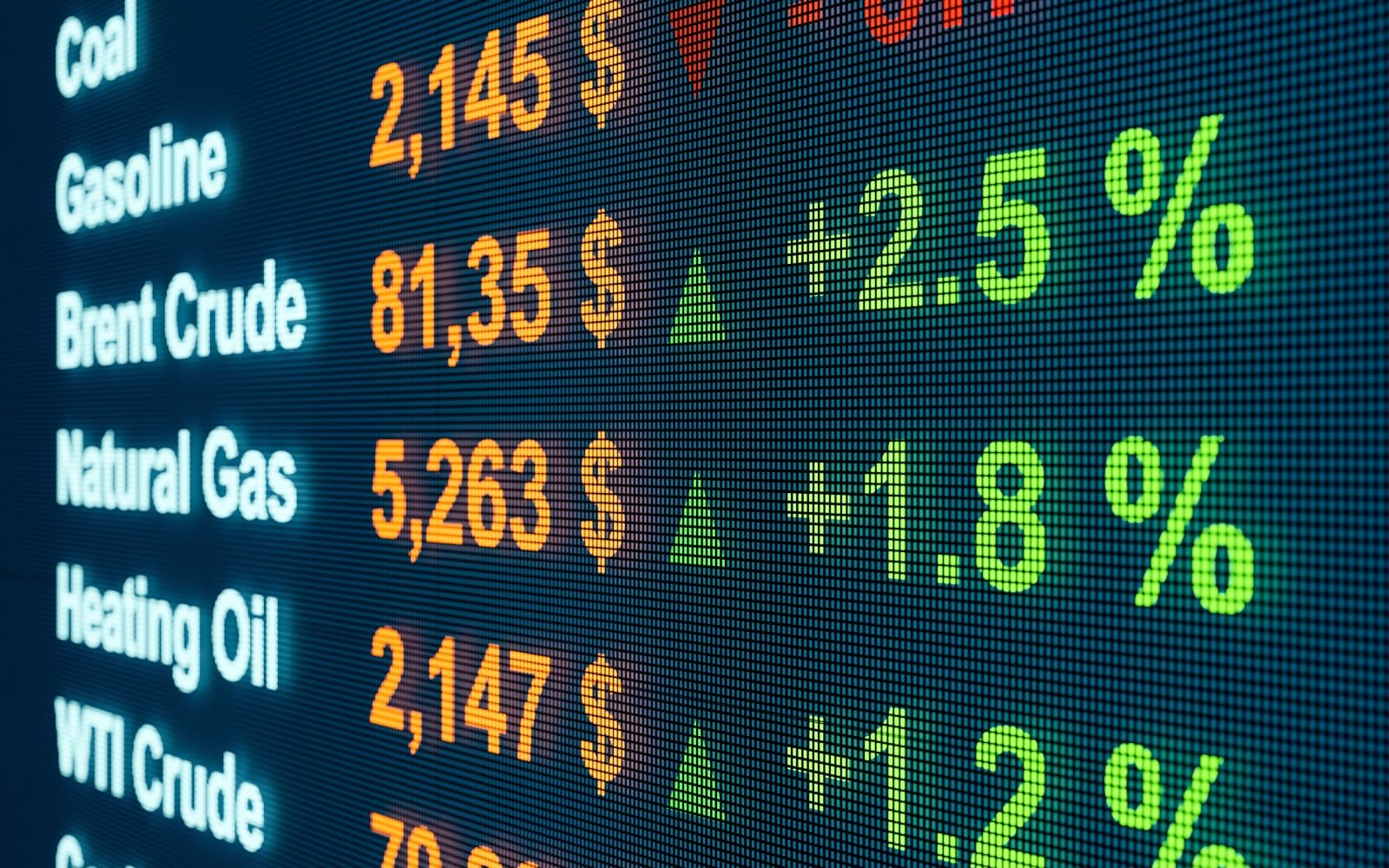
The West Texas Intermediate, a key national benchmark for crude oil, has surged almost 10 percent this year, currently hovering at just over $77, although it remains below its 2023 peak of $94 in September and the all-time high of $118.87 in June 2022.
International Market Dynamics
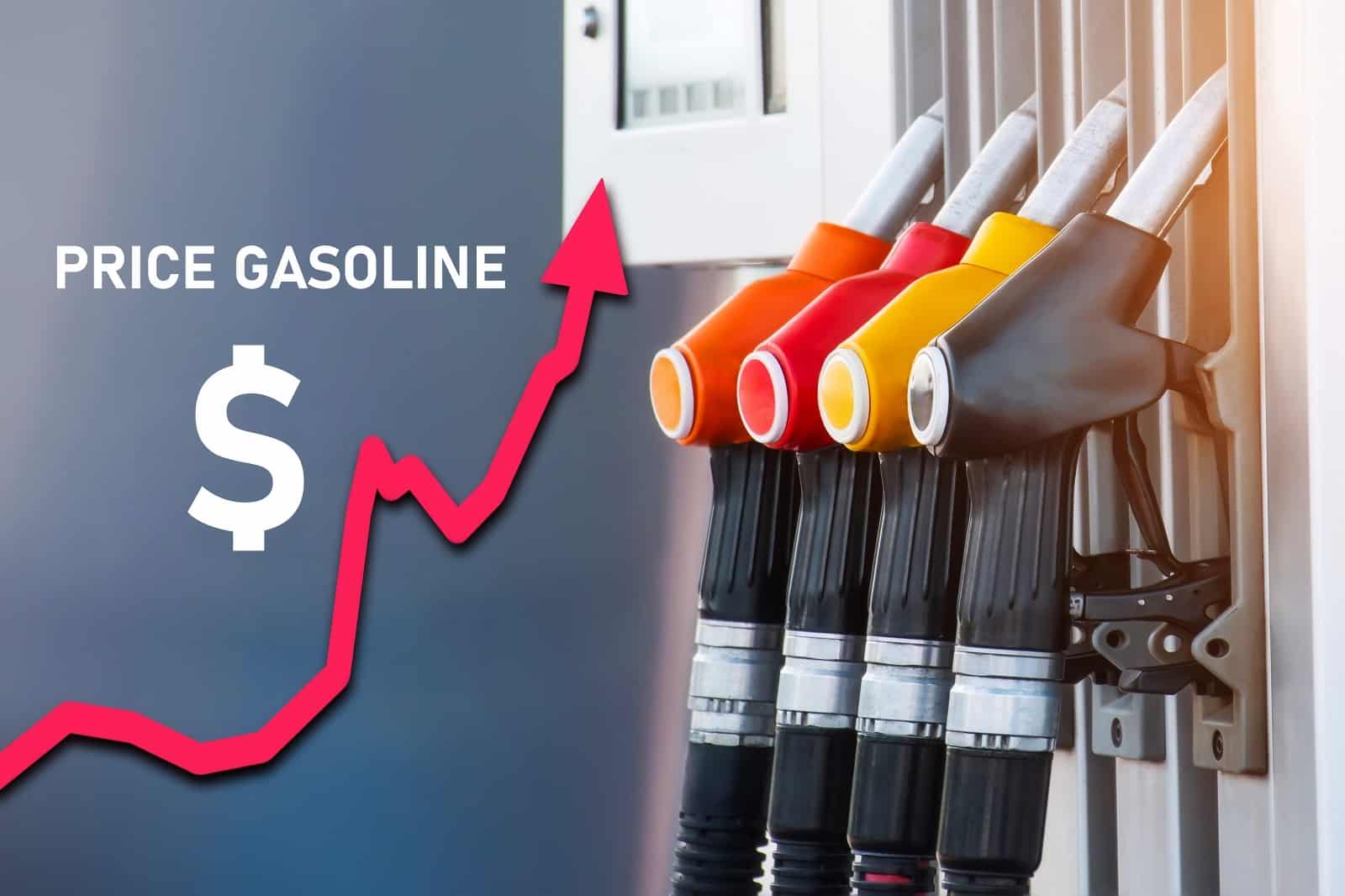
Similarly, Brent Crude Oil, the international benchmark, has risen nearly 7 percent in the last year to just above $81 but remains below its record of $112.24 in June 2022.
It’s a reminder that what happens globally can trickle down to affect what you pay locally.
Gasoline Costs versus Overall Inflation
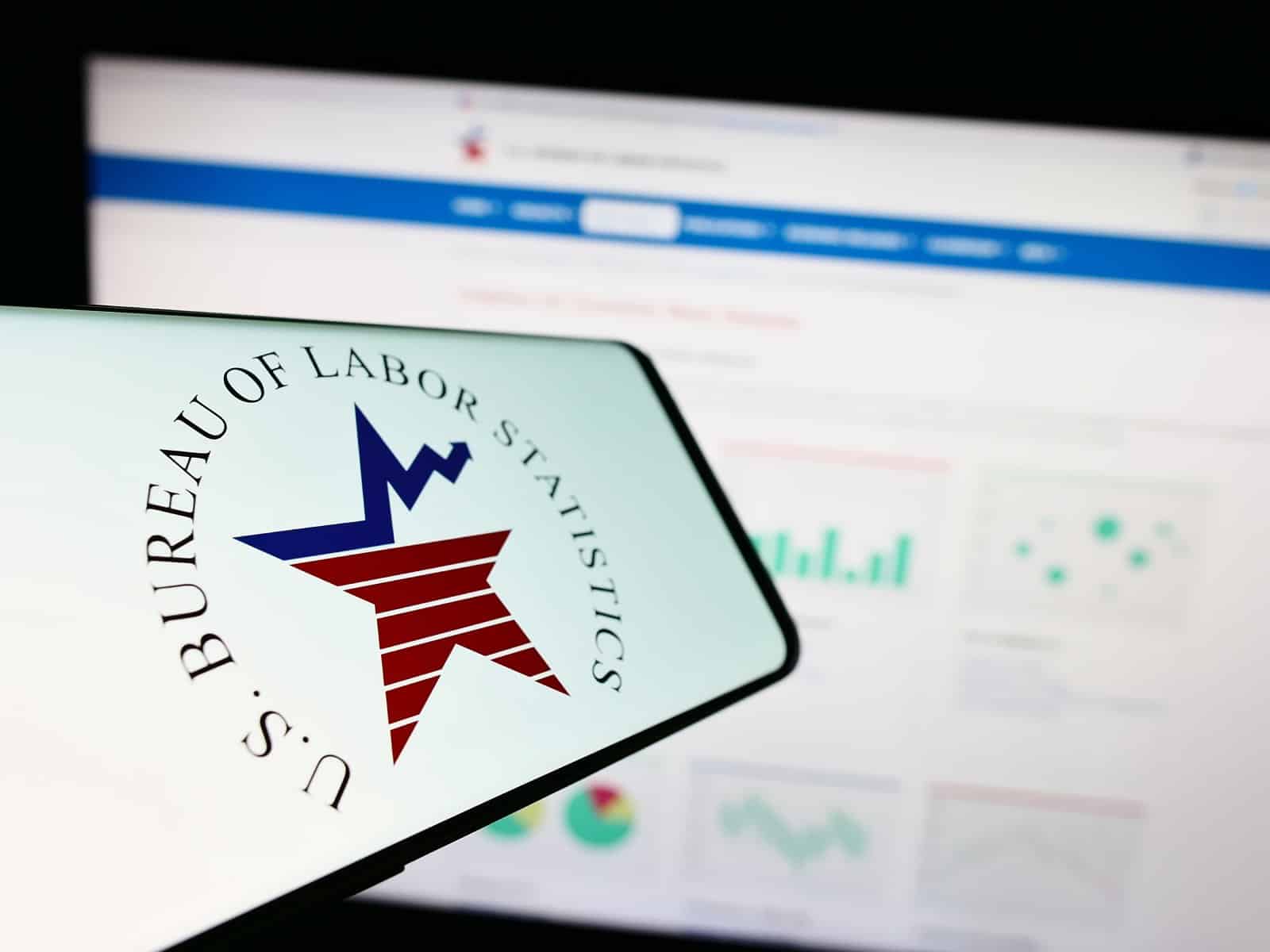
Luckily, it’s not all bad news. Despite the recent surge in gas prices, there are signs that the tide may be turning.
Data from the Bureau of Labor Statistics (BLS) shows that the cost of gasoline has actually fallen by 6.4 percent over the past year.
Consumer Relief
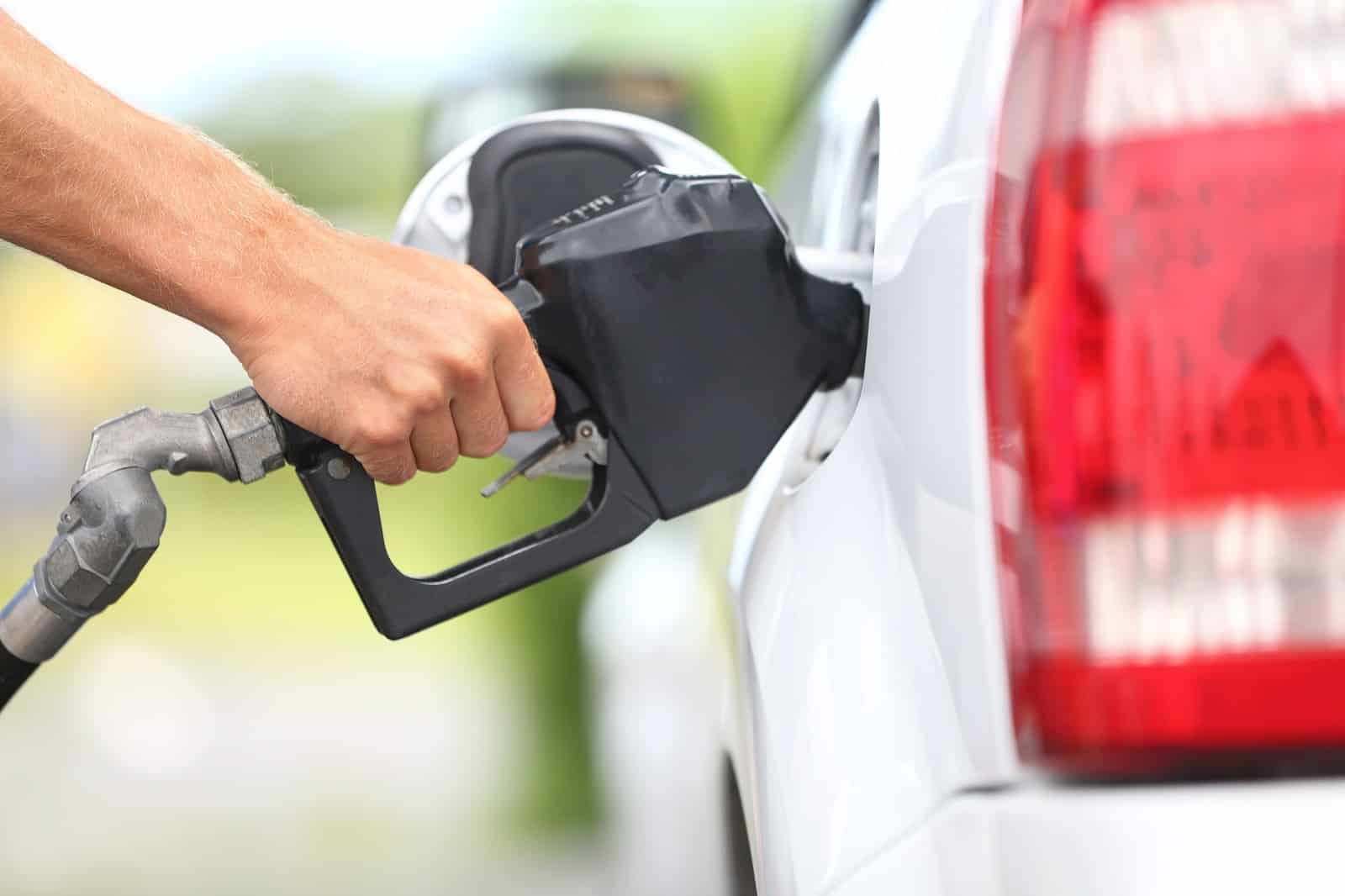
While other expenses like auto insurance and veterinary services continue to drive inflation, the cost of gas is bucking the trend.
Drivers Face Fluctuating Gas Prices
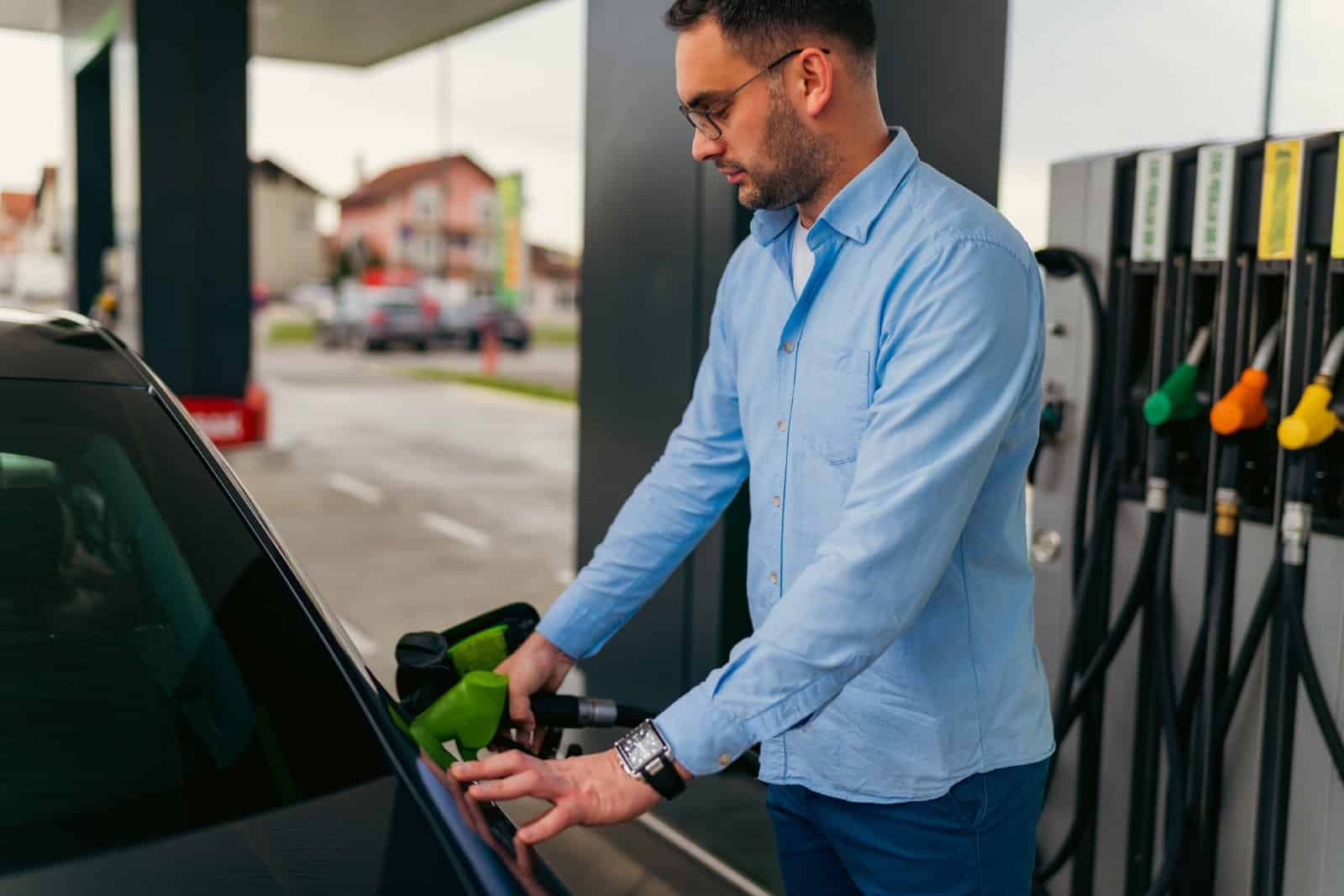
As motorists navigate these unpredictable gas prices, the impact of the refinery shutdown in Indiana continues to reverberate, leaving many to wonder when stability will return to the pumps.
Millions of Americans are feeling the impact, and it’s a situation that’s constantly in flux.
Lingering Effects of The Refinery Shutdown
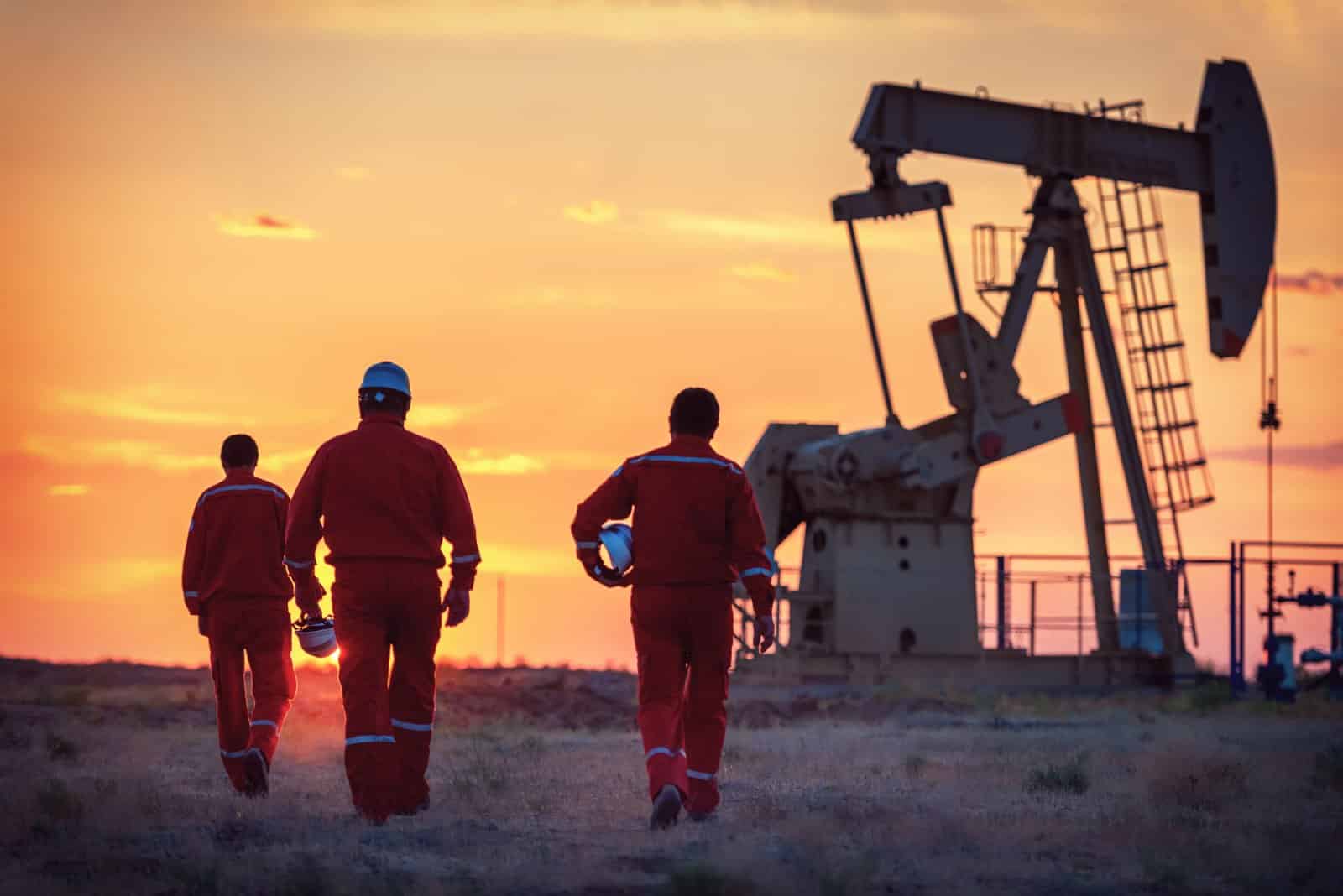
For now, drivers can expect to pay more at the pump, with hopes for stability on the horizon as refinery operations resume and oil prices level out.
The post Drivers Face Rising Fuel Costs – What Will You Pay at the Pump? first appeared on Swift Feed.
Featured Image Credit: Shutterstock / f.t.Photographer.

